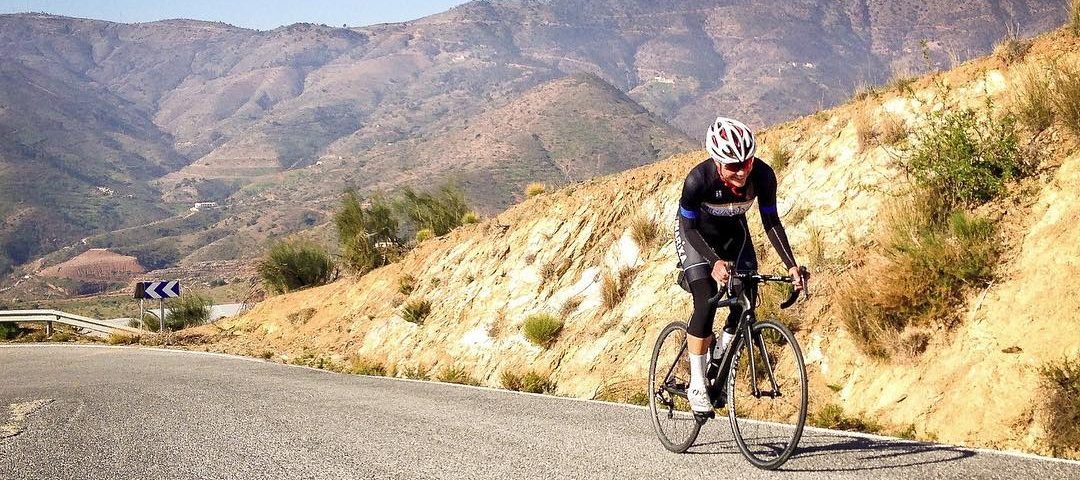Training

Average power vs. Normalized power
How do you measure the difficulty of your ride? If you are lucky enough to have a power meter such as the Zpider, you can objectively measure the work you are doing. A lot of power meter-users simply look at average power to determine how hard the workout is, but normalized power is a more useful metric.
Most cyclists and triathletes uses ‘averages’ when analyzing the workout. For people without a power meter that might be average speed or average heart rate. For power-meter users the two ‘averages’ that they throw around are average power and normalized power.
Average power
Average power is simply the average power of your entire ride. This seems like a fair measurement, but it doesn’t account for the highs and lows of the ride and the physiological cost. Many cycling computers have non-zero averaging turned on, meaning that it doesn’t account for coasting. We recommend that you turn non-zero averaging off, as it leaves a false impression of your effort.
Normalized power
Riding outside provides you with an almost constant change in resistance, due to changes in terrain and weather. Normalized power (NP) is an advanced metric that accounts for these changes, which gives you a more realistic representation of the physiological cost of the ride. NP gives you an estimate of the power you could’ve sustained for the same physiological cost for a given workout, if your power output had been absolutely smooth rather than jumpy.
If you ride a flat course for an hour at approximately 200 watts, you will average roughly that amount for your effort. But, if you try and do the same on a hilly course, that might just be harder. You would need to do more than 200 watts uphill, as it would be difficult to hold 200 watts on the descents. You might still manage to average 200 watts for the hour-long effort but it would be a lot harder than a flat ride at a constant pace. It will also leave you more fatigued and in need of more recovery.
So; on a steady and consistent ride AP and NP will look fairly similar. But, on a highly variable ride NP will be much higher than AP.
Keeping an eye on normalized power gives you a better image of how hard the ride is. So is average power just useless? No. Average power is still a valuable metric. A triathlete and a time trialist will need to monitor both AP and NP during a race, as the pacing goal would be to keep the power output as smooth as possible.






